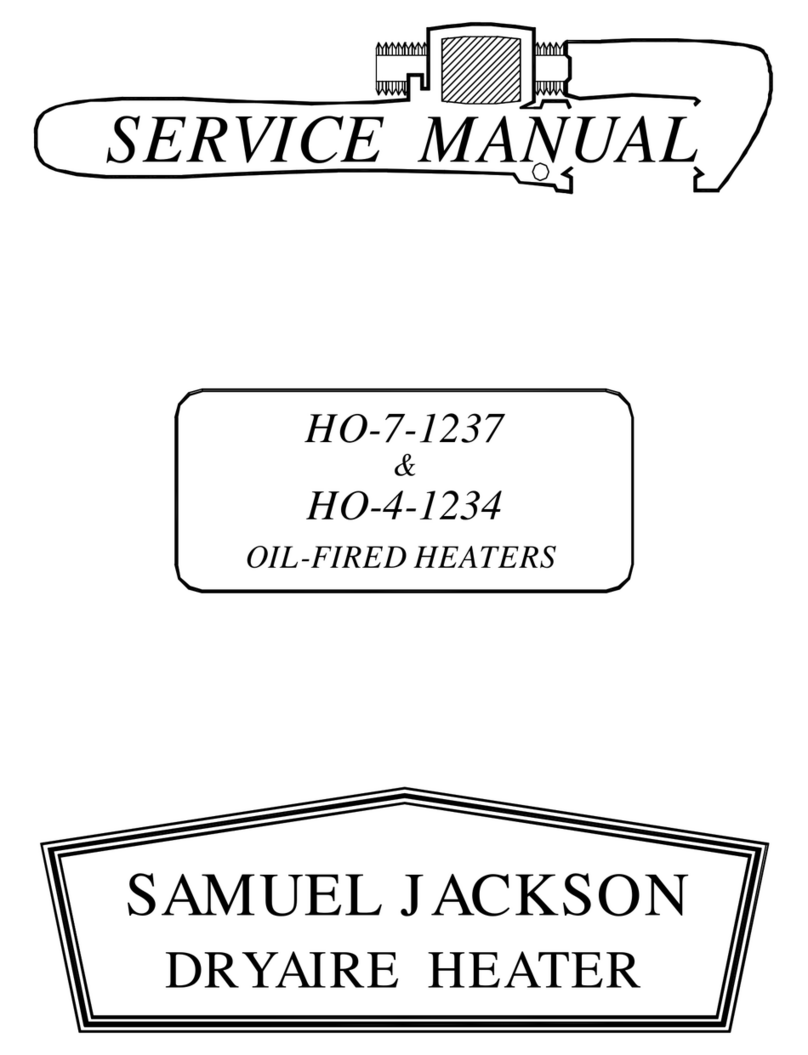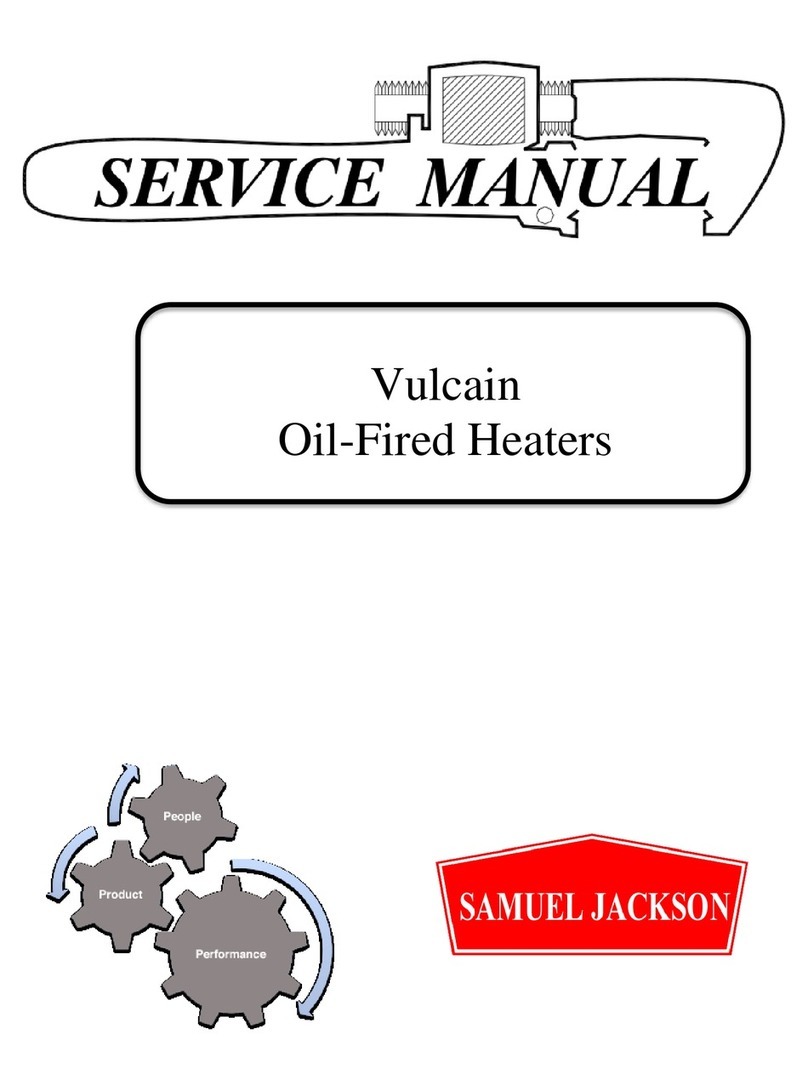READ THIS CAREFULLY BEFORE OPERATING
THIS SAMUEL JACKSON PRODUCT!
The Samuel Jackson product line consists of sophisticated technology capable of greatly
enhancing a gin’s productivity and efficiency. Improper use of these products could
adversely affect those very same factors and potentially cause injury to gin personnel. For
this reason, we include an extensive manual with every product. These manuals outline
the proper and safe operating procedure for their respective product. Do not operate any
Samuel Jackson product without first reading the entire manual and all
accompanying information.
Sometimes there are updates added at the customer’s discretion to products already in the
field. We always refer customers to our website, www.samjackson.com for the latest
product information. The latest manual can be downloaded or printed from the website
free of charge. In addition to printed literature, the website includes training videos on
several popular products. When available, these videos are highly recommended for
viewing before operating a respective product. If you do not have internet access, give us
a call and we will gladly send you the latest product information.
DANGER: Please read and understand all the warnings below before operating or
maintaining a Samuel Jackson product. If you do not understand, call Samuel Jackson
at 806-795-5218 before proceeding. Failure to do so could result in injury or even
death. (Si usted no entiende, llamar a Samuel Jackson en 806-795-5218 antes de
proceder. La falta de hacer tan podía dar lugar alesión o aún a muerte.)
Electrical.
Most Samuel Jackson products use supply voltage between 110 and 480 volts AC. These
levels are considered high voltage and are extremely dangerous. The ignition transformer
voltage output is much higher than this.
Fire.
Samuel Jackson Humidaire Units and Heaters are combustion-based products. They
ignite and burn fuel during operation. These products can reach very high temperatures
inside and out. Allow combustion based products 15 minutes to cool before attempting
any work.
Automatic Flame Ignition.
Some Samuel Jackson Humidaire Units and Heaters use technology to ignite
automatically. If you do not see a flame, it does not mean that respective product is not in
operation.
Access Doors.
Samuel Jackson products have access doors for added convenience of product
maintenance. Access doors must not be opened while the equipment is in operation.
Access doors should also remain closed while any connected equipment such as a fan or
conveyor is in operation.






























